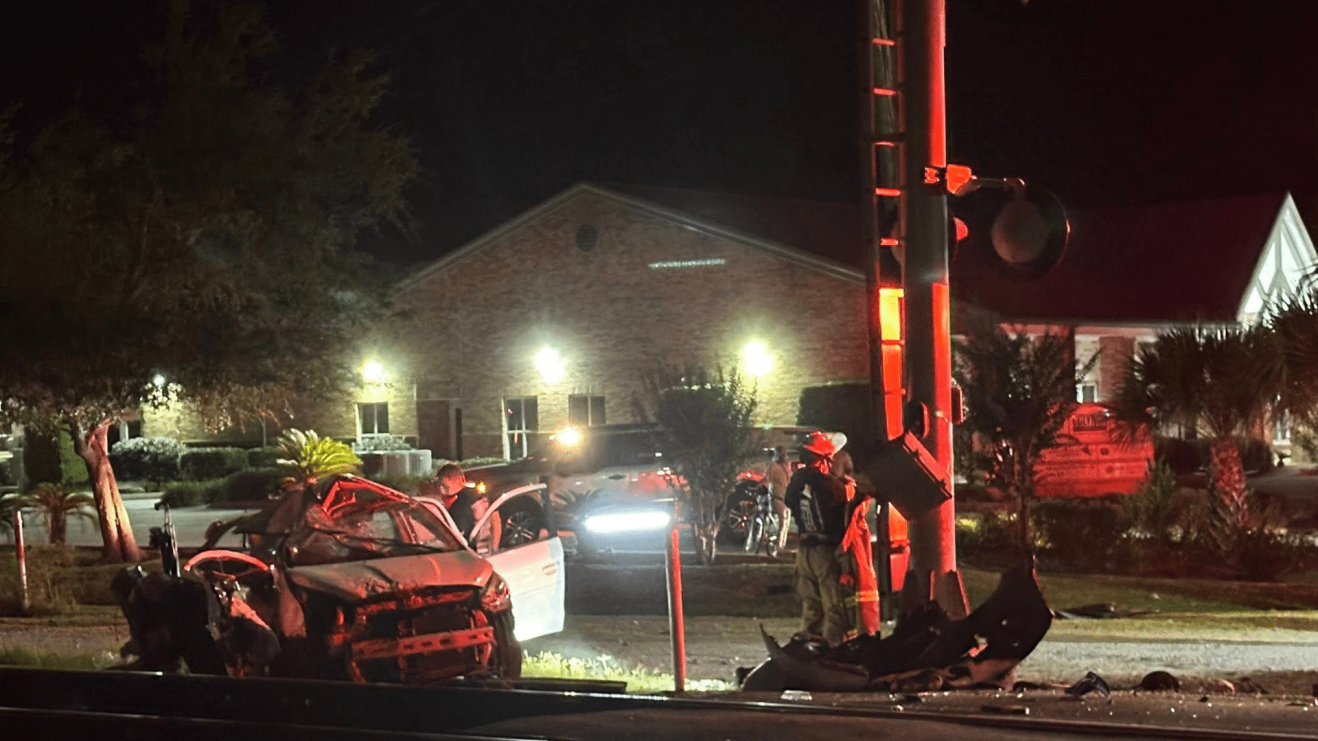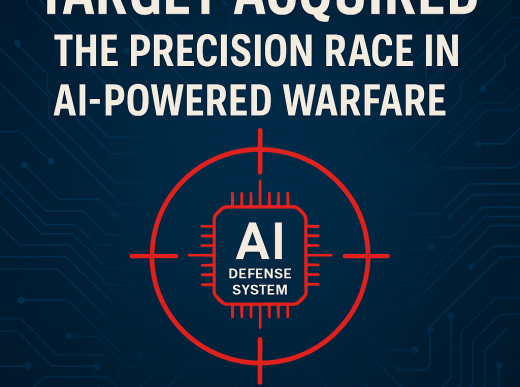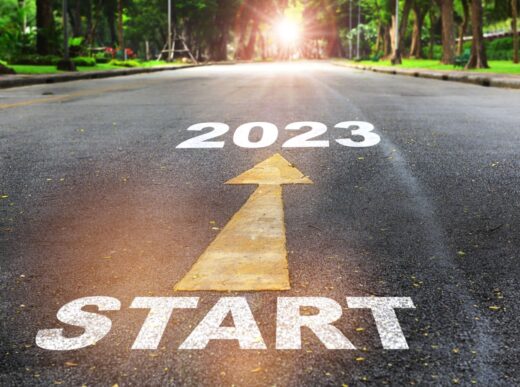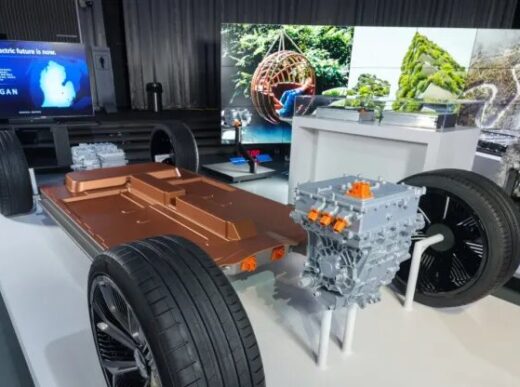Direct summary:
On September 23, 2025, Douglas Craddock, 31, and Tavianna Ellegant, 24, both from Long Beach, Mississippi, were killed when their car was struck by an Amtrak train at a crossing in Pass Christian—an incident that raises urgent questions about rail safety and new solutions like AI for prevention.
“Mississippi’s revived Amtrak line saw its first tragedy on Davis Avenue, cutting short two young lives and renewing focus on grade crossing safety.”
A sense of shock reverberates in Pass Christian, Mississippi, after a fatal crash at the Davis Avenue crossing took the lives of two young residents. As Amtrak’s Mardi Gras Line resumes service on the Gulf Coast after a 20-year pause, the deadly collision has spotlighted the profound importance of rail safety and spurred new conversations about leveraging artificial intelligence to protect communities.
Details of the Fatal Crash
According to the Pass Christian Police Department and corroborated by the Harrison County coroner, the victims—Douglas Craddock (31) and Tavianna Ellegant (24)—died from blunt force trauma after their car was hit by the eastbound Amtrak train at 7:08 p.m. Tuesday.
- The crash occurred as the car was traveling south across the Davis Avenue tracks; both victims were transported to Oschner Medical Center, where they were pronounced dead.
- The train was en route from New Orleans to Mobile with 97 passengers on board. No train passengers or crew were harmed.
- Investigation confirms lights and signals were working at the crossing before they were taken out by the impact; police found no evidence of signal failure.
Can AI Prevent Future Crashes?
Modern advances in artificial intelligence present real opportunities to enhance public safety at railroad crossings:
- AI-powered detection: Cameras and sensors using AI can spot vehicles stalled on the tracks, instantly alerting train operators and potentially triggering automated braking or emergency protocols.
- Smart data analytics: AI can use historical data to identify high-risk times and crossings, targeting resource deployment and education campaigns for maximum impact.
- Adaptive warning systems: With AI, crossing gates and signals could dynamically respond to real-time risk, such as closing sooner for faster trains or sending alerts directly to drivers’ devices.
“Crossing vigilance alone isn’t enough; AI-powered systems can provide an extra shield of safety that saves lives before disaster strikes.”[1]
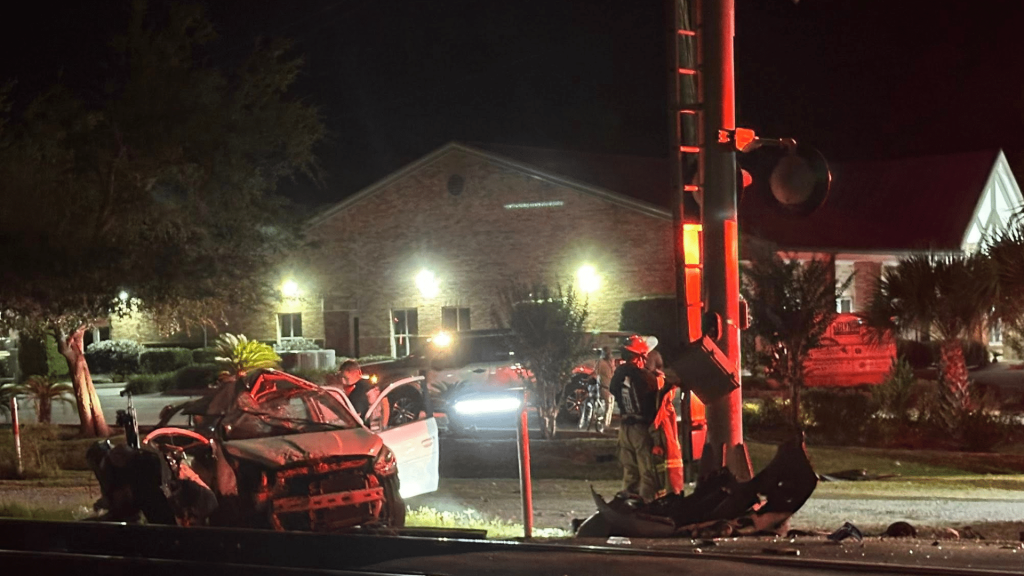
Image credit: Hunter Dawkins/The Gazebo Gazette
Community Impact and What’s Next
The loss of Craddock and Ellegant has deeply affected both Pass Christian and Long Beach, serving as a solemn wake-up call to redouble efforts on rail safety—especially as rail traffic increases with new service. Local officials, transportation experts, and community advocates are all turning to technology and data-driven solutions to honor the victims and help prevent similar incidents in the future.
Summary:
The tragic deaths of Douglas Craddock and Tavianna Ellegant highlight the cost of inadequate safety at rail crossings and underscore the urgent need to adopt AI-driven, next-generation systems to protect lives along the nation’s renewed railways.
